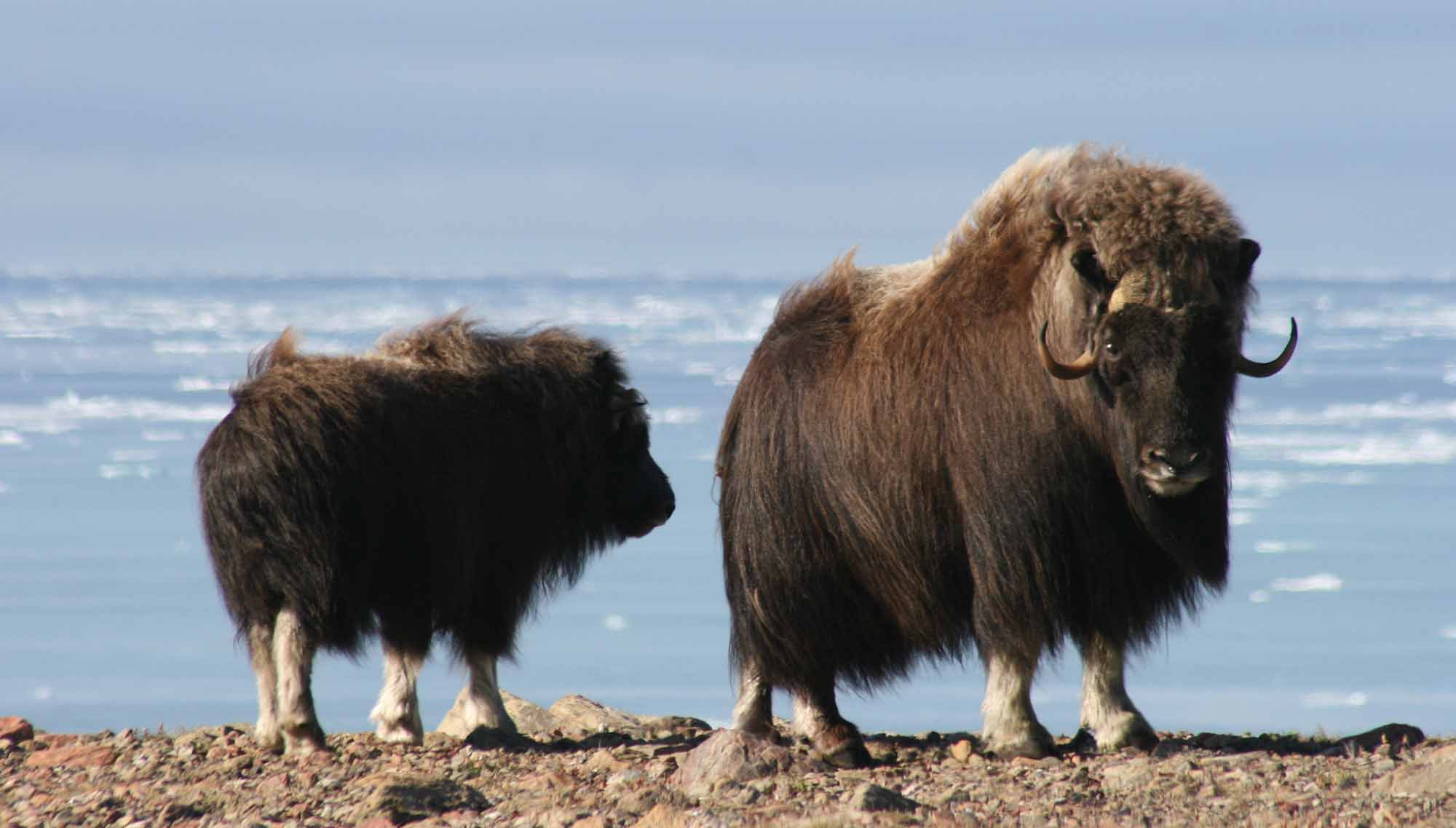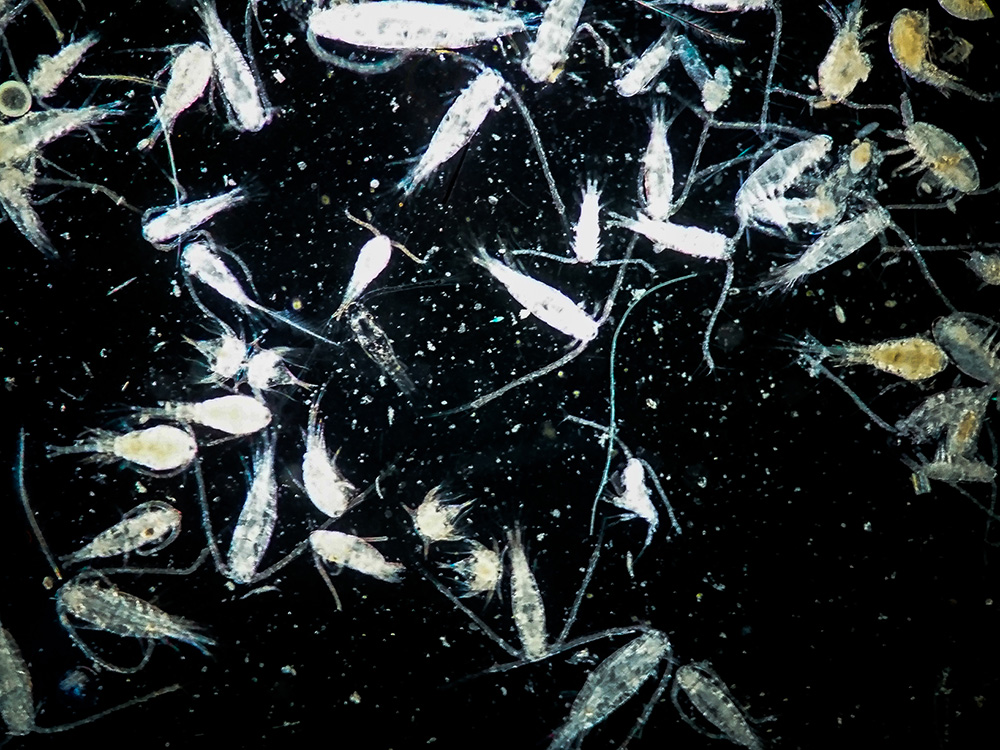Article
Yukon Beringia Interpretive Centre
(courtesy Yukon Beringia Interpretive Centre).In the Yukon Beringia Interpretive Centre (courtesy Yukon Beringia Interpretive Centre).PreviousNext Yukon Beringia Interpretive Centre The newly opened (1997) Yukon Beringia Interpretive Centre in Whitehorse, Yukon, takes visitors back some 24 000 years to Beringia, the land bridge that joined Asia and North America during the last, Wisconsinan Ice Age (see Glaciation). The centre includes models, skeletal remains and dioramas of ice-age megafauna, including woolly mammoths, giant beaver and the steppe...










